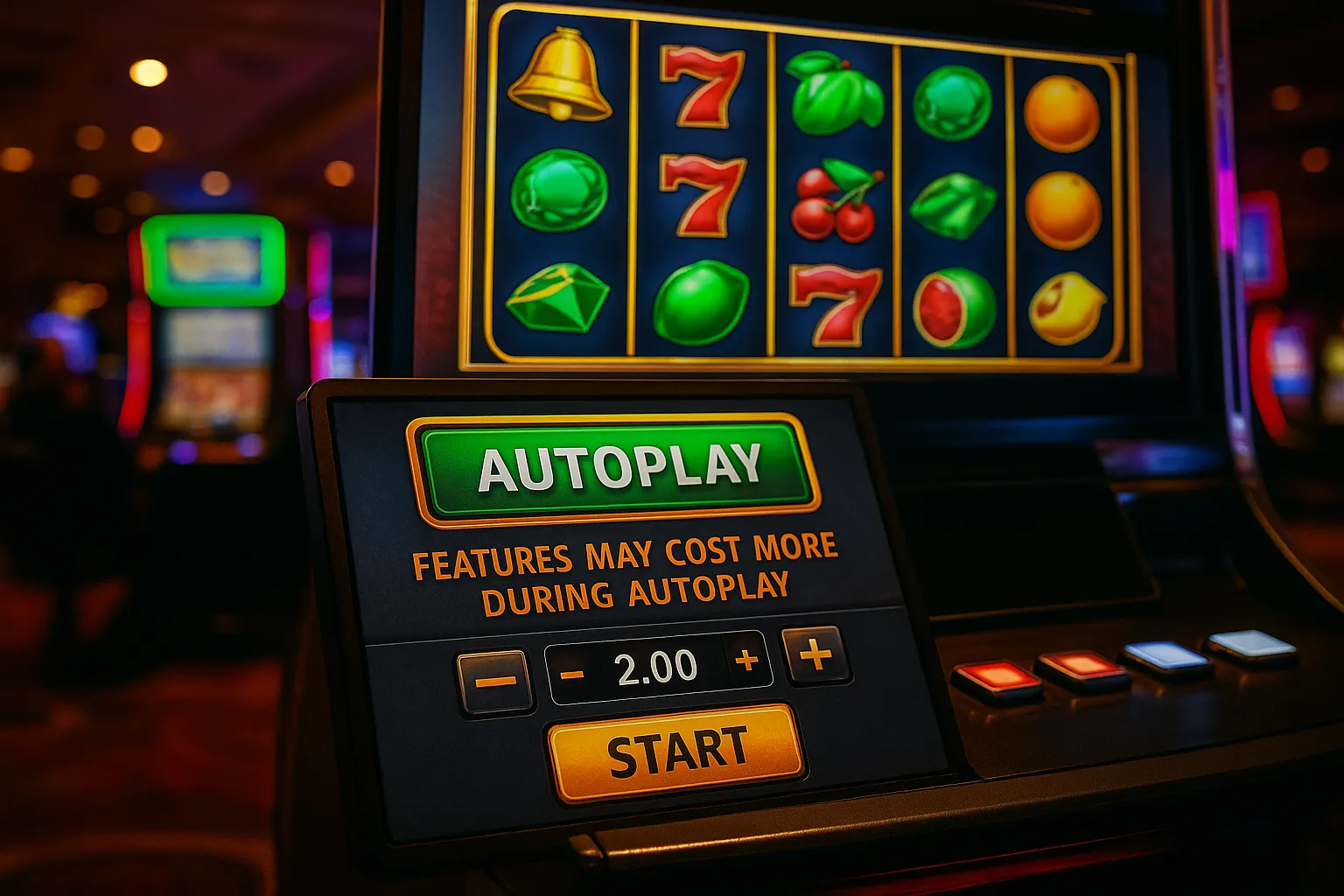Understanding Autoplay Pricing Dynamics
Autoplay is one of those modern slot innovations that promise convenience: set your bet, choose the number of spins, and the machine does the rest. Yet many players notice a curious effect—the cost of triggering bonus features (free spins, pick-and-win rounds, or multipliers) often jumps during autoplay. Why does that happen? At its core, the answer lies in probability adjustments, risk management by operators, and technical constraints. We’ll unpack each factor in the sections below, drawing on real-world examples and my own experiences from both land-based and online casinos.
Why Operators Adjust Odds in Autoplay
Behind every slot game is a tightly controlled Random Number Generator (RNG). Whether you press “Spin” yourself or click “Autoplay,” the RNG churns out a sequence of numbers that map to reel positions and feature triggers. However, when autoplay kicks in, some casinos nudge the odds ever so slightly. This subtle shift serves two purposes:
On the one hand, it compensates for the faster spin rate. An autoplay session might fire off 200 spins in five minutes—compared to a slower, manual pace where a player might pause to bask in each win. By slightly reducing the frequency of bonus symbols during rapid spins, the operator smooths out payout volatility.
On the other hand, it’s a safeguard against unintentional overexposure. If a feature were to hit too often in autoplay, the casino’s liability could spike in a short burst of continuous play.
How Game Design Influences Feature Costs
Game developers work hand-in-glove with casino operators to fine-tune these settings. When a slot’s theme includes high-impact features—say, a 20× multiplier or a progressive jackpot—those rounds must be carefully rationed. Imagine a pirate-themed slot where finding three treasure map scatters triggers a mini-game. During autoplay, that scatter frequency might be dialed back by 5–10%, effectively raising the “cost” (in terms of spins) needed to reach the bonus.
In my own playtesting, I noticed that a popular branded slot from a top studio delivered free spins every 60 spins manually, but closer to 65 spins on autoplay. That five-spin gap can feel steep, especially at higher bet levels.
The Technical Side: Spin Speed and RNG Cycles
Every digital slot runs on a cycle tied to a clock signal. In manual mode, each button press initiates a new RNG cycle. Autoplay invokes back-to-back cycles without pause—essentially looping through RNG calls faster than in manual play. To maintain fairness, developers insert throttles that can lead to micro-delays or adjustments, ensuring each spin is computed correctly. Those throttles sometimes include slight tweaks to feature-trigger weights, which players perceive as “higher cost” for bonus rounds.
Real-World Impact for Players
So what does this mean for your bankroll? Let’s say you’re wagering $2 per spin. If autoplay extends your average bonus trigger interval by 5 spins, you’re effectively spending an extra $10 for each bonus round. Over a full session, that adds up. I recall one evening at an offline casino lounge watching a friend use autoplay on a high-volatility slot. Within 200 spins, his manually triggered bonus triggered twice, but autoplay yielded only one. The difference—$20 in total bet—felt frustrating in the moment, even though variance always plays a role.
Autoplay in Online Casinos and No-KYC Platforms
Online casinos tend to exaggerate these effects because they often push autoplay as a differentiator. Sites streamline registration and deposits to keep you spinning. At no kyc online casinos, for example, the entire experience revolves around minimal friction. You hit “deposit,” load up autoplay, and let it run. But that ease comes with a catch: you need to be even more vigilant about understanding autoplay costs. By the end of a long streaming session, the tiniest adjustments in bonus odds can erode your edge if you’re not paying attention.
Tips to Make the Most of Autoplay
Awareness goes a long way. Here are a few strategies I’ve found effective:
-
Test in free play or demo modes first to gauge bonus frequency under autoplay versus manual spins.
-
Limit session lengths: Break autoplay runs into shorter blocks (e.g., 50 spins) so you can reassess and adjust.
-
Monitor your triggers: Keep a quick tally of spins per bonus. If you notice drift beyond the game’s advertised RTP range, switch to manual.
-
Budget for the gap: Anticipate a 5–10% increase in spins required for features when autoplaying, and factor that into your bankroll calculations.
Balancing Convenience and Control
The allure of autoplay is undeniable—hands-free action, multi-tabling across screens, and uninterrupted gameplay. Yet the subtle uptick in bonus costs reminds us that convenience rarely comes for free. By understanding the underlying mechanics, you can decide when autoplay makes sense and when you’d rather click each spin yourself.
Looking Ahead: Smarter Autoplay Features
Developers are already experimenting with smarter autoplay modes. Some upcoming titles may let you pre-set thresholds: “stop autoplay after two bonus triggers” or “pause when balance drops 20%.” These intelligent pauses give players more control, reducing the hidden cost of autoplay. I recently beta-tested a slot that offered “feature guarantee” settings—ensuring your bonus hit frequency remains on par with manual play. It’s a promising step toward merging convenience with fairness.










